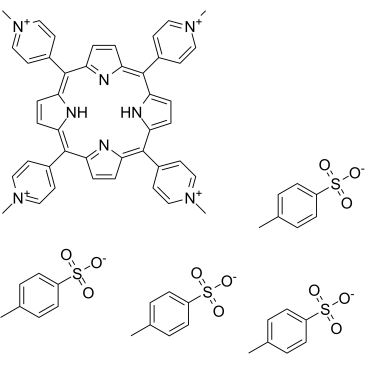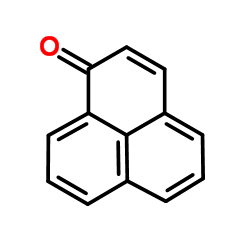| 结构式 | 名称/CAS号 | 全部文献 |
|---|---|---|
 |
5,10,15,20-四(1-甲基-4-吡啶基)卟啉四(对甲苯磺酸盐)
CAS:36951-72-1 |
|
 |
萘嵌苯酮
CAS:548-39-0 |